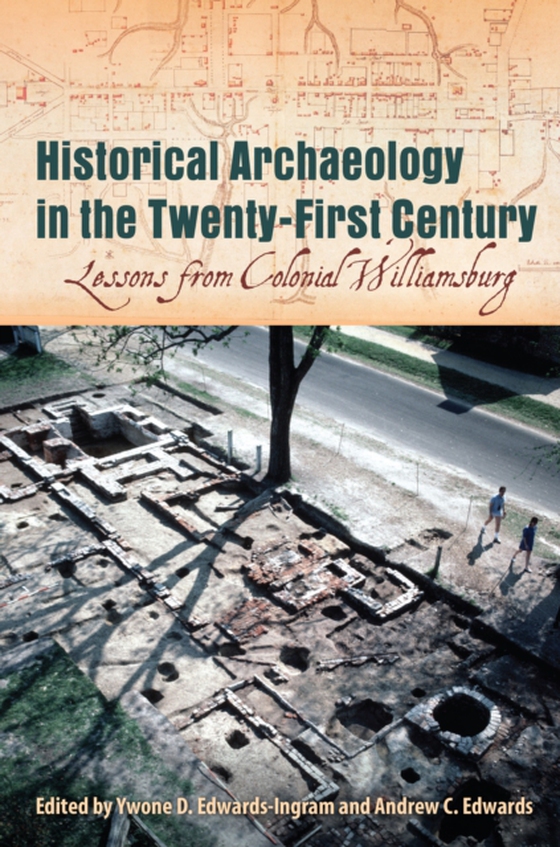
Historical Archaeology in the Twenty-First Century e-bog
1733,61 DKK
(ekskl. moms 1386,89 DKK)
This volume is the first to offer an in-depth look at historical archaeology, public history, and reconstruction in Williamsburg through a comprehensive range of sites, topics, and analyses. Uniquely combining a historical landscape and a large town museum complex, Colonial Williamsburg has deeply influenced the discipline for 100 years through one of the nations longest continuously running ar...
E-bog
1733,61 DKK
Forlag
University Press of Florida
Udgivet
16 november 2021
Længde
322 sider
Genrer
1KBBFV
Sprog
English
Format
pdf
Beskyttelse
LCP
ISBN
9780813057934
This volume is the first to offer an in-depth look at historical archaeology, public history, and reconstruction in Williamsburg through a comprehensive range of sites, topics, and analyses. Uniquely combining a historical landscape and a large town museum complex, Colonial Williamsburg has deeply influenced the discipline for 100 years through one of the nations longest continuously running archaeological conservation programs.Historical Archaeology in the Twenty-First Century illuminates the towns history as an early capital of the Virginia Colony and home to the College of William & Mary. In the 1700s, Williamsburg was a center of political, cultural, and commercial life where people of African, European, and Native American descent interacted regularly. The case studies in this volume cover topics including animal husbandry, the oyster industry, architectural reconstruction, window leads, and an apothecarys display skeleton. Contributors draw attention to the interactions between enslaved and free communities as well as African American burial practices.Using exemplary approaches and methodologies, this volume addresses key concerns in the field such as amplifying voices of the African diaspora, the development of ethically sound inclusive archaeologies, the value of environmental analyses, and the advantages of virtual models. The research highlighted here provides state-of-the-art examples of how historical archaeology can be used to inform, engage, and educate.Contributors:Dessa E. Lightfoot | Mark Kostro | Joanne Bowen | Patricia M. Samford | Irvy R Quitmyer | Peter Inker | Jason Boroughs | Ellen Chapman | Ywone D. Edwards-Ingram | Stephen C. Atkins | Martha McCartney | Kelly Ladd-Kostro | Andrew C. Edwards | Meredith Poole
 Dansk
Dansk

